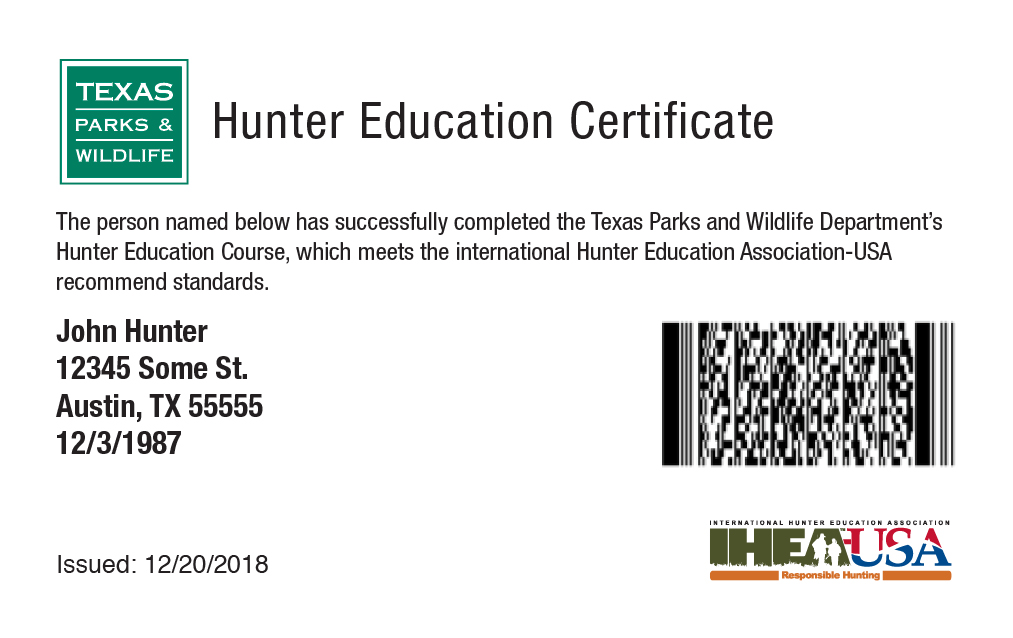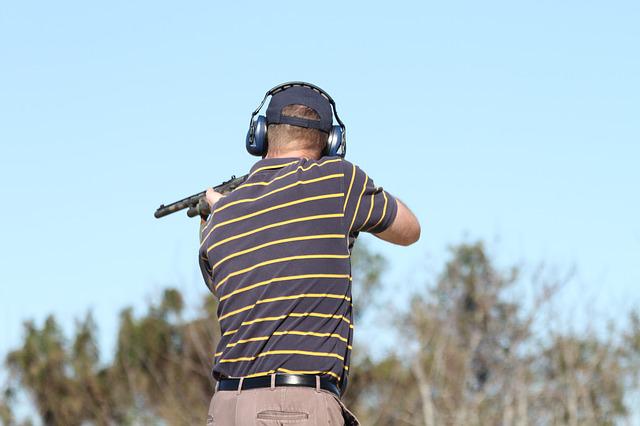
A mentored hunting license or apprentice license for hunting allows you to hunt before you have completed hunter training. This license requires that the student is under the direct supervision and guidance of a mentor who has completed hunter training. This license was created to encourage new hunters of all age into hunting. This license is currently available in 33 states. To encourage more young hunters, two states have lowered the minimum age required to hunt.
Mentored youth hunting license
A Mentored Youth Hunting License allows a youth to hunt with an adult mentor. The youth can hunt many game species including turkeys, squirrels, bobwhitequail, rabbit, and deer. The license has a limit on how many animals they can carry, so that only a limited number of these species can be taken per day. Other restrictions include the types of hunting they can do, the types of animals they can take, and the season and daily limits for each species.

To be eligible for a Mentored Youth Hunting License, the youth must have a valid hunting permit and be accompanied at all times by an adult. The mentor and mentee must be within arm's length of each other at all times. They must always have a legal firearm or hunting implement. A mentor must be at the least 18 years of age and be at the least 21 years.
Licence for youth sportsman
In many states, a youth sportsman's license is increasingly in demand for apprentice hunting. It was presented to the National Assembly of Sportsmen's Caucuses at its Annual meeting in 2005. The CSF started tracking the issue during the 2006 legislative session. There are several requirements for this type of license, including that the hunter be at least 16 years old, but there is room for relaxation. In addition, the minimum age requirements for this license should be at least three years, as recruiting new hunters can be a lengthy process.
Minnesota allows youths aged 10-13 to obtain an apprenticeship hunting permit. An apprentice hunter must be accompanied on a trip by a licensed adult. The mentor must be at minimum 21 years of age. Apprentice hunters can hunt small game with the youth sportsman's license. However, they cannot hunt larger game. A companion must be an adult and both must have valid hunting licenses for the current year. They can buy larger game licenses once the apprentice hunter has reached 16 years.
Youth consolidated trap/hunt license
A youth can obtain a hunting license with a consolidated hunt/trap permit if they are a resident of the state. If they aren't a resident, they can still purchase a combined license. A nonresident youth may purchase a license from either a county clerk and/or a city agent. The state statutes establishing requirements for the license are SS29.1-303.3, and SS29.1-304 respectively.

All hunters below the age of 17 years old must have this license. For hunters under the age of 17, this license is required. Anyone 16 or older can apply to an annual hunting and trapping license. It is nontransferable, and the requirements are the same as a life licence. This license also includes a damage stamp required by Article 3 of the chapter. This license is only available to residents and cannot be transferred. Licenses issued prior the 1 July 1988 are not transferable.
FAQ
How many deer hunter there are in the U.S.
The number of deer hunters in the United States is estimated at over 20 million. This includes both recreational as well as professional hunters.
What is the most popular hunting spot in the US?
Hunting is most popular among the Midwesters, who are used to living off the land.
Because so many Northeasters have been brought up on hunting traditions, hunting is also very popular.
This is where hunters from all over the nation travel to hunt the big game animals.
Hunting isn't as common in other areas of the country, which makes it less likely for them to support hunters.
Hunting is a wonderful hobby.
Hunting is like playing with nature. It's important to think ahead, plan every move and predict where the game will end.
Hunting is about hunting food. To do this, you have to be able track and identify your prey. If you don't know these things, then you'll never catch anything.
It is important to always be alert when hunting. That way, you won't miss any opportunities. Make sure you are close enough to the object you see so you can identify it. Take a note of everything that you see and make a recording. If you decide to hunt again, this will be helpful.
It's much more than just shooting at targets. It's about being in tune to yourself, your environment, and the animals surrounding you.
What type of training does it take to become an experienced hunter? How long does it take to complete?
A basic course is required to learn how hunt. This course will help you learn about different game types and the laws that surround hunting.
You will learn how firearms and ammunition should be handled. These items can also be used safely.
This course lasts anywhere from two weeks to three months. Some courses are offered online. Others are held in person.
To qualify for a license, you must pass a written test. You might also need proof that you have completed a hunter's education course.
What is the cost of getting licensed? What happens if I don’t have enough money to pay for licensing?
The cost of licensing varies by state. It ranges from $20 to over $100.
You may be eligible for a loan, grant or other financial assistance if you don't have enough cash.
A tag must be purchased in addition to the hunting fee. You can choose the type of game that you want to hunt and how much it will cost. Tag prices vary.
Tags are available to deer, elks and bears as well waterfowl, upland bird, and furbearers (like foxes).
Some states require that you register with the Department of Natural Resources in order to obtain a license.
Check the regulations in your area before you hunt.
Statistics
- Licenses dropped from a peak of roughly 17 million in the 1980s to 15 million in 2019, according to The Seattle Times. (stacker.com)
- Less than 1% of Hawaii's population has a hunting license. (stacker.com)
- - Percent of residents with paid hunting licenses: 0.7%- (stacker.com)
- - Percent of residents with paid hunting licenses: 0.7%- (stacker.com)
External Links
How To
How to hunt wild birds
Wild Turkeys are birds that live in North America. They are most common in Texas, Oklahoma, New Mexico, Arizona, Colorado, Utah, California, Nevada, Idaho, Wyoming, South Dakota, Montana, and Washington. Wild Turkeys are omnivores of insects, grasses, and seeds. They may also eat berries and acorns in some regions. Their diet helps them stay healthy and strong. Clothing and hats are made from wild turkey feathers. It is possible to eat the meat from their breasts.
These tips will make hunting wild turkeys safe. Wear long pants and closed-toe shoes. Predators will be attracted to perfumes and colognes. If you see a predator, do not run away. Instead, keep walking slowly towards your vehicle. You should remain calm and quiet as you approach the bird. It might take several attempts before the bird is close enough to you that you are able get a good shot. Use 00 buckshot when shooting at wild turkeys. Shoot only one shot at a wild turkey.
If your gun jams try again later. To avoid being hit with flying pellets, duck behind your car or tree. Lucky enough, a hunter may come and clean up after you.